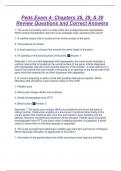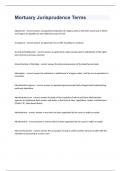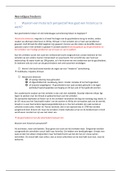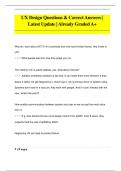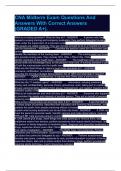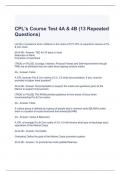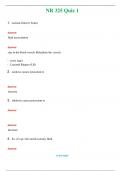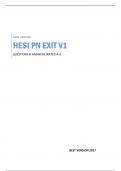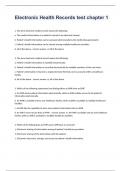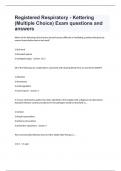Exam (elaborations)
Peds Exam 4- Chapters 26, 29, & 30 Review Questions and Correct Answers
- Course
- Institution
1. The nurse is providing care to a male infant who is diagnosed with hypospadias. Which clinical manifestation does the nurse anticipate when assessing this infant? 1. A urethral meatus that is located on the ventral surface of the penis 2. The presence of foreskin 3. A small opening or a fissu...
[Show more]
